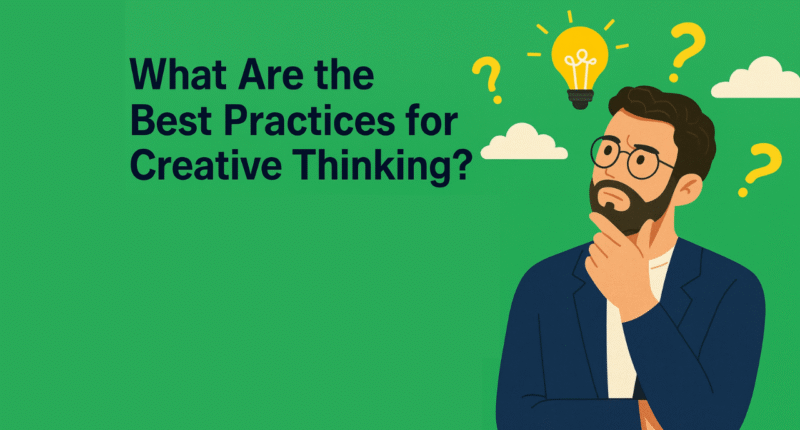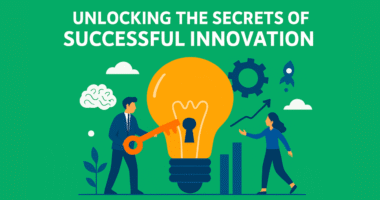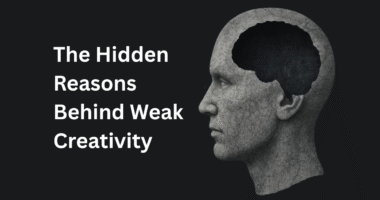Creative thinking is one of the most valuable skills in today’s fast-moving world. Whether you are solving a problem, creating content, or building a business strategy, creativity helps you see beyond the obvious and generate fresh solutions. To strengthen your creative mindset, it’s important to follow best practices that encourage originality, curiosity, and innovation.
Why Creative Thinking Matters
Creative thinking allows individuals and organizations to break away from routine patterns and discover new opportunities. It nurtures problem-solving, boosts productivity, and helps people adapt to change. By practicing creativity, you build confidence in exploring new ideas and increase your ability to stand out in a competitive world.
Best Practices for Creative Thinking
1. Embrace Curiosity and Open-Mindedness
Creativity begins with curiosity. Ask questions, explore new subjects, and remain open to perspectives different from your own. Avoid dismissing ideas too quickly; instead, evaluate them from multiple angles before making a decision.
2. Create a Positive Environment
Your environment plays a huge role in your thinking process. Work in spaces that inspire you, with access to natural light, colors, or music that motivate creative energy. Surround yourself with people who encourage experimentation rather than criticize mistakes.
3. Practice Brainstorming Techniques
Brainstorming helps generate multiple ideas without judgment. Techniques such as mind mapping, free writing, or the “Six Thinking Hats” method push you to look at challenges differently. Write down everything that comes to mind and refine later.
4. Balance Structure with Freedom
Too much restriction limits creativity, but too much freedom can cause confusion. Set clear goals for what you want to achieve, but allow flexibility in how you get there. For example, use deadlines as motivation but permit yourself to explore unconventional methods.
5. Learn from Different Disciplines
Expose yourself to knowledge outside your main field. Reading books, attending workshops, or exploring art, science, or history gives you fresh insights that you can combine with your existing skills. Cross-disciplinary learning often sparks innovative solutions.
6. Take Breaks and Rest
Overworking your brain can block creativity. Short breaks, meditation, or even a walk in nature can recharge your mind and allow ideas to flow naturally. Many creative breakthroughs occur when you step away from the problem.
7. Embrace Failure as Part of Growth
Fear of failure is one of the biggest barriers to creative thinking. Instead of seeing mistakes as setbacks, view them as valuable learning opportunities. Every failed attempt provides lessons that bring you closer to success.
Conclusion
The best practices for creative thinking involve curiosity, a supportive environment, structured brainstorming, and openness to new experiences. By combining discipline with freedom, resting your mind, and accepting failures as part of progress, you can strengthen your creative abilities. Creativity is not limited to artists or innovators—it’s a skill everyone can develop to solve problems, adapt to challenges, and shape a brighter future.









